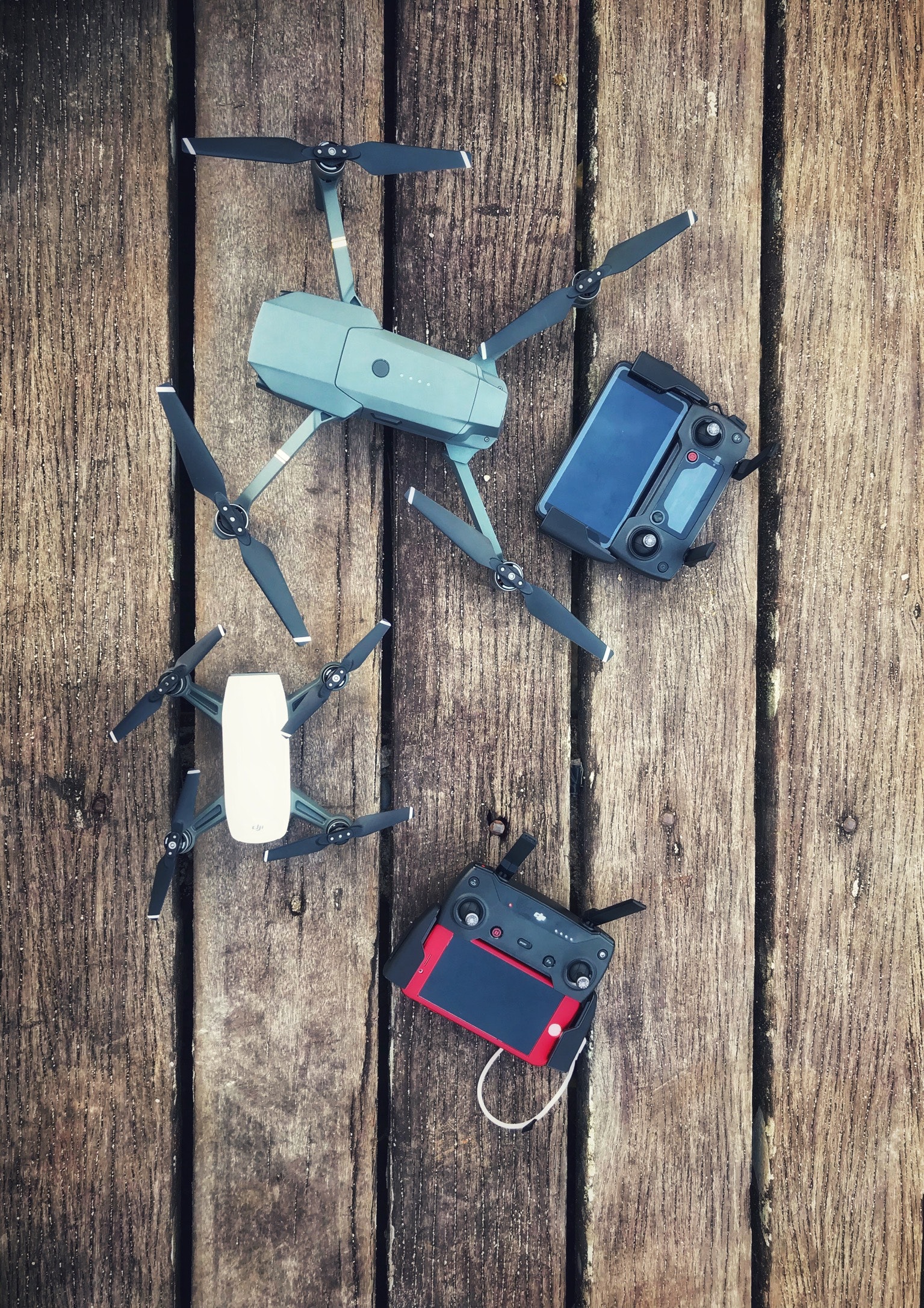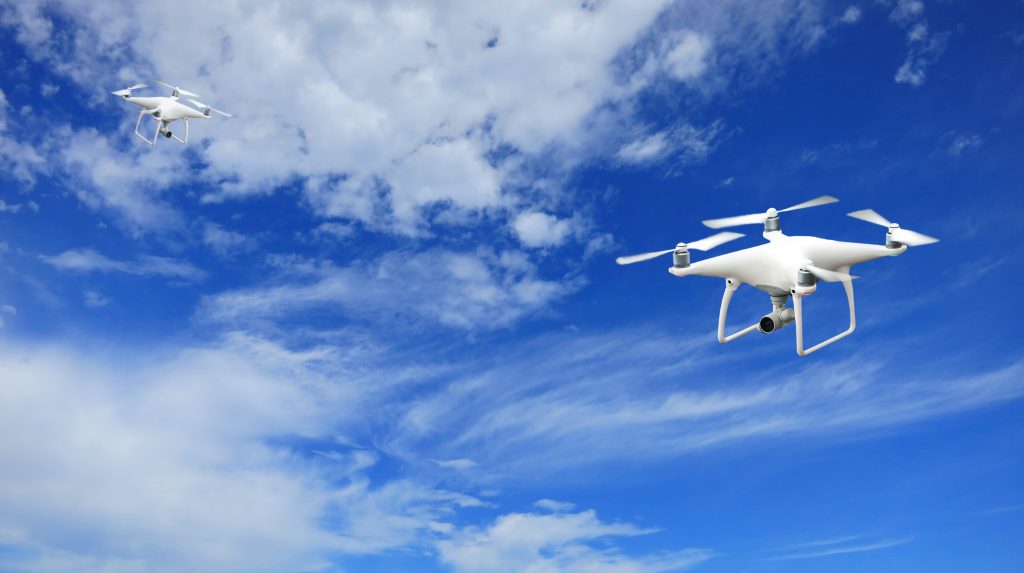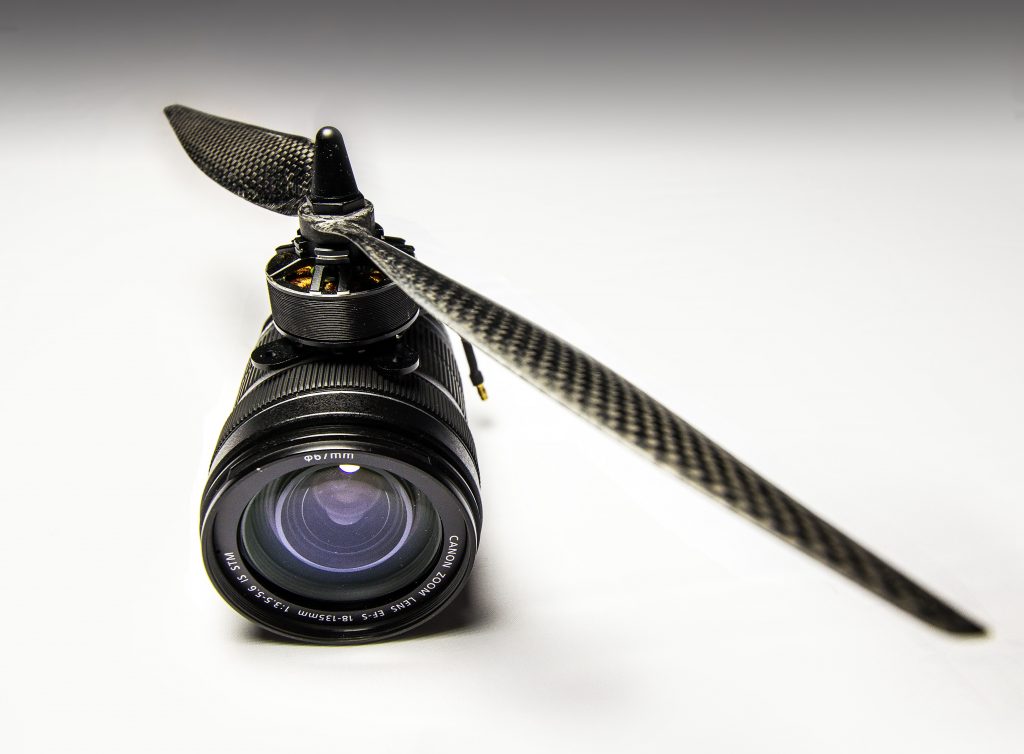
According to estimates, rising demand from commercial and civil sectors is likely to propel the drone business to a $100 billion opportunity by 2020. As this industry grows by leaps and bounds, drone equipment has become cheaper and better. So, what is the basic equipment for starting a drone business? In this blog post I discuss your options for drones, cameras and accessories. Your most important equipment is of course, your drone. You choice of drone depends on the type of jobs that you plan on taking up. Your flying environment is another factor that affects your choice.
Are you planning on catering to the real estate sector? Do you want to shoot weddings? Do you plan on taking up mapping at a later stage? Or, maybe do pipeline inspections once you build up your skills? Do you need to fly in windy conditions? These are the questions that you need to ask before your make your equipment purchase.
DJI’s Phantom 4 Pro – The Best drone for the Money?
DJI’s Phantom 4 Pro is arguably, the most popular drone if we consider first time drone buyers. The Phantom 4 Pro is small in nature but very versatile. Because of its compact nature, the P4P is easy to travel with. It has the same 21.2 MP sensor that is present on the X5S camera which comes with the Inspire 2. For mappers, the ability to get into point of interest mode is a huge advantage.
What are some of the other big advantages? Presence of attitude mode is a huge benefit. You can control the drone better. It is easier to get buttery, smooth footage. The ability to shoot 4K is another huge plus.
Another huge consideration is cost. You can buy 3 Phantom 4 Pro’s for the money that you spend after an Inspire 2. You can also insure your P4P by enrolling into DJI Care Refresh for an affordable $300 per year. So, the P4P is ideal for folks entering in the drone business since it is cheap and easy to replace.
So, does the P4P have any serious limitation? Well, an inability to fly in windy conditions would be deterrent for some folks.
Inspire 2 – Is it worth it?
The Inspire 2 is ideal if you want to fly in cold conditions. Why? Because of features such as high altitude props and self-heating batteries.
Another factor that works in favor of the Inspire 2 is its build. What do I mean by that? Because most of the weight is distributed way below its lifting surface, the Inspire 2 flies like the pendulum. For the P4P, weight is distributed right below its lifting surface. This enables the Inspire 2 to snap into safe flight faster than an Inspire 1 or P4P.
Greater wind handling capacity, better payload capacity and more flight time are some more advantages of this bird. Longer flight time can be attributed to battery redundancy – you can fly with 2 batteries. Moreover, Inspire 2 batteries have a compact build and hence, are easier to travel with.
The Inspire 2 comes with dual compasses and dual IMU’s. For mapping applications, the Inspire 2 is a better alternative than the Inspire 1.
How does the Phantom 4 Pro compare to the Inspire 1 and Inspire 2?
Flight control on the Inspire 1 is superior as compared to Inspire 2 also. Another area where the Inspire 1 scores over its successor is durability. The Inspire 1 is likely to last you longer.
The fact that DJI Go 4 on the Inspire 2 changes settings every time you insert a battery is another disadvantage. This is to factor in the multiple updates. Because the Inspire 1 comes with the older App, settings are retained on this bird.
Another issue with the Inspire 2 is priority control. Roll and pitch are given priority over elevation and yaw. So, if elevation and pitch are hit at full forward, the Inspire 2 will prioritize pitch over elevation. So, if your rise over run will leave a lot to be desired.
However, going full elevation and full forward pitch on the Inspire 1 will result in a nice linear elevation. Rise over run is going to be perfect. So, it is likely that you will have to redo more shots in the Inspire 2 as compared to the Inspire 1. All in all, you will get a lore more flexibility and shots with the Inspire 1 as compared to the Inspire 2.
The Phantom 4 Pro is the best drone for the money. It gives you the best bang for the buck. If you are looking for flexibility and good flying capabilities, opt for the Inspire 1. As far as the Inspire 2 is concerned, you will get a powerful bird with multiple redundancies. You can fly in extremely windy conditions also. But be prepared to fork out a lot of money.
The best cameras for your drone business
Let us talk about cameras now. Owning a bigger bird like the Inspire 2 gives you the ability to fly bigger cameras. This is because of a higher payload capacity. For instance, the X5S is too big for the Inspire 1. You simply do not have the smoothness and control that you have when you fly an X3 camera. However, the Inspire 2 flies the X5S just fine.
If you are looking for a good entry level camera which can shoot 4K, the Sony A6300 is a great option. This camera gives excellent results in low light as well. An ability to shoot great Slo Mo footage is another advantage. You can buy the full kit for around $2,000. The only difference between the A6300 and its successor, A6500 is the presence of touch screen.
If you need a camera with good zoom capabilities for your Inspire 2, you will have to opt for the Z30. And at $10,000, the Z30 is not exactly cheap. For search and rescue, the M100 with Z30 is an alternative. If you wish to fly weddings, you can consider opting for the 12 MP Zenmuse Z3. Because flying over people is not permitted, the only workaround is to get a camera with good zoom capabilities.
If you are planning on taking up industrial inspection jobs, you might have to opt for the M600 with a Ronin and a Canon 50 MP camera.
And do not forget these important accessories….
Apart from your drone and camera, you will also have to invest in some accessories. Buying a high quality professional case will ensure that your bird and camera are well-protected. Go Professional Cases are a great option for high quality custom cases. Wear a hardhat and vest while you are out on the field. Always carry some spare batteries and props while on a job. Using a landing pad will help prevent unexpected damage to your drone.
Conclusion
It is critical that you careful evaluate your requirements and consider your budget before purchasing equipment. What are my client requirements? Do I have the necessary skills to execute a job? Do I need to fly in windy conditions? Can I build a sustainable stream of work to justify this purchase? These are the important questions that you should ask yourself before purchasing your equipment.
If you do not budget constraints, you can consider going high end and purchasing a larger bird and better camera with superior capabilities. This will certainly give you the ability to do more value added work.









Add Your Comment